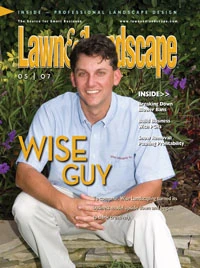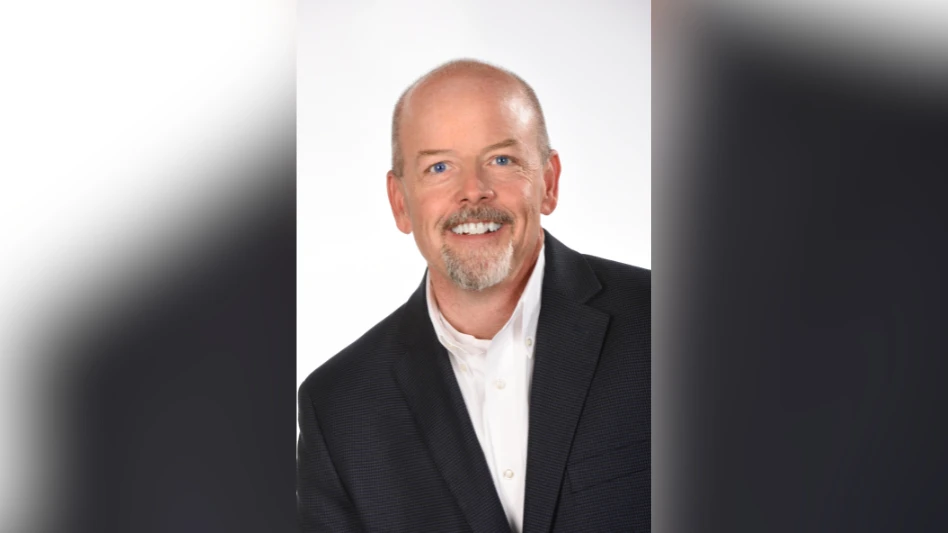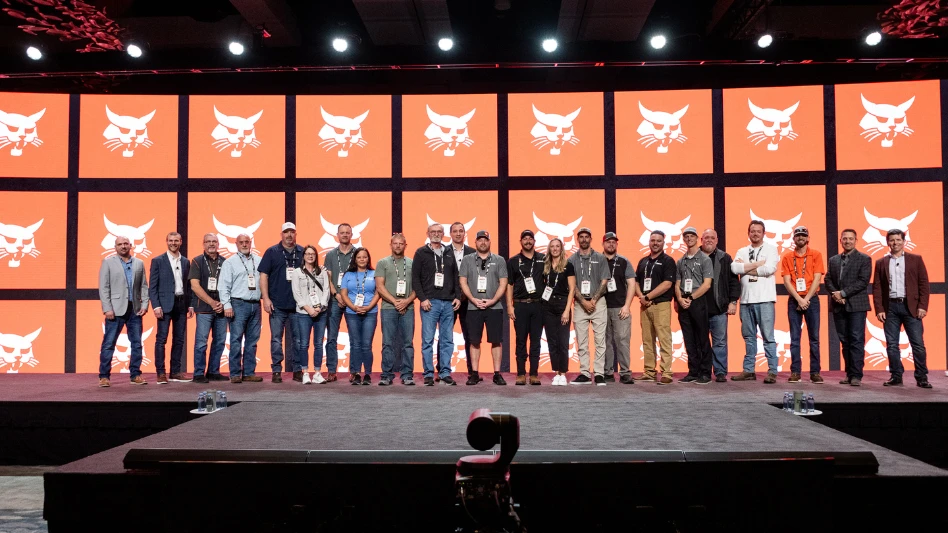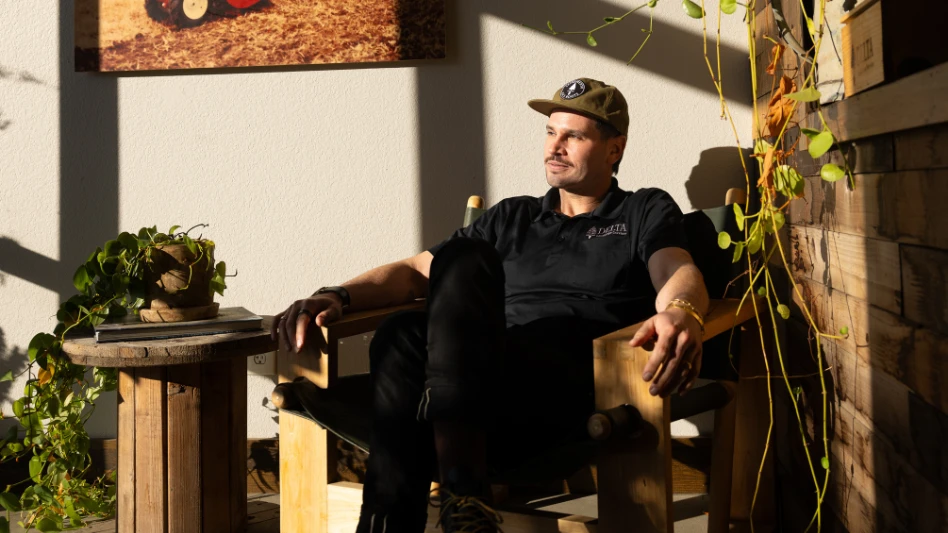Inspiration is difficult to pin down for a person of many parts like Paul Comstock. One of the newest additions to the ValleyCrest Design Group, the creative lead of Comstock Studio surges onto the design/build scene on the heels of a 20-year career with The Walt Disney Co.
As director of landscape design for Walt Disney Imagineering, Comstock epitomized Disney’s dictum “If you can dream it, you can do it,” by fusing horticultural knowledge and landscape architecture expertise with a whimsical, fertile imagination to bring to life more than 300 projects – including exotic, jungle-like animal kingdoms and lush formal landscapes at world-class hotel-resorts. His duties bridged the gap between design, flora acquisition, construction and maintenance, as he traversed the world in search of unusual horticultural specimens, executed large-scale international contracting projects and oversaw Disney’s show-quality maintenance standards.
Today, Comstock is equally at ease collaborating with Italian architect Renzo Piano on a re-design of the Los Angeles County Museum of Art or dreaming up the design for a small residential garden. With degrees in landscape architecture, fine arts and mathematics, Comstock balances his practical, problem-solving nature with a philosophical side he’s cultivated as an artist and classically trained professional percussionist.
Comstock recently spoke with Professional Landscape Design from his studio in Calabasas, Calif. Here’s Comstock, in his own words, on challenges and opportunities in landscape design.
PLD: What mistakes do you see landscape designers make?
PC: Disinterest and non-attachment to the site and client. Unfortunately, with a large percentage of projects, you can immediately tell when there’s a lazy attitude – when the designer’s heart isn’t in it. Many people have a limited vision, a lazy participation and an unwillingness to spend time to try to really improve the place. Often designers take on too many projects and cannot give adequate attention to all of them. Designers secure a budget, then sell an idea, their talent and their ability. Then the next thought after the budget approval is doing the design as fast as possible to maximize profit off of the design fee. That’s a sad way to run a business. Designers do that in lieu of selling enough time to really think about the next project and take into account all of the environmental and usage considerations. The lack of attention is probably the source of the biggest problem and the biggest failure in commercial and residential landscaping.
PLD: What can designers do to avoid this blunder?
PC: It reverts back to what the prerequisites to do a good job as a landscape architect are – to know the project, know the usage, know the client. Then it’s our job to organize how people use and enjoy those spaces from both an aesthetic sense and functional sense.
It’s incumbent on us to avoid the distractions of our own personal desires and whims as designers and focus more on how we can meet the needs of clients.
PLD: What are your thoughts on the relationship between design and maintenance?
PC: So many designs I see are impossible or impractical to maintain. Designers often put in their favorite stuff – things they think are going to be really beautiful. Often, there’s not enough thought given to how the owner is going to be able to maintain it.
Another big problem is a mind-set by a lot of designers that says, “I just do design. I don’t know about construction.” These designers alienate themselves from construction, which is a really sad thing. I don’t know how someone can do a design and not be intimately involved with bringing that project to life and maintaining it.
PLD: Did this mind-set come from working at Disney?
PC: I don’t think Disney originated the union of design, budget, construction and maintenance, but Disney is a company that’s absolutely fanatical about building something and having the highest standards of maintenance to protect that product because those constructed elements are the company’s brand. People know if they go to one of Disney’s projects they’re going to be treated courteously and it’s going to be a clean, incredible park-like environment. To achieve these goals, Disney has show-quality standards, or SQS. They sent me around the world every year to visit all the projects, and I’d write up a report with the horticulture department employees who maintained them. We would say how we could improve the maintenance and how we could modify the design. It was a seamless experience where we’d generate the concept, the design, the contracting, the installation and the maintenance, and develop a plan for the success of those created environments.
PLD: Can all designers use the ‘SQS’ concept in their practices?
PC: The easy answer is yes. I know a lot of designers who are demonstrating to their clients an interest as the creators of these spaces. They periodically review and communicate back to ownership how the project looks, if it’s being maintained well or if there are some areas where the maintenance is falling down. Demonstrating to owners our care and participation in the longevity or in the typical landscape architecture vernacular – ‘the sustainability’ – of these projects that interest and caring is something that would do an enormous amount for a designer’s business and improve public relations of our profession as a whole. It’s not by saying, ‘Pay us some money and we’ll go and view it and write you a report;’ it’s saying, ‘Hey, the project generally looks great, but you could probably improve it by doing this or that and we’d like to help you.’ It really pays off.
PLD: What can other designers do to maintain inspiration and creativity? What advice do you give students?
PC: I think as landscape designers, or any designers for that matter, we have to keep our eyes, ears and minds open to the incredible diversity and beauty of life and all aspects of the world that surround us. The singular piece of advice I have given frequently is to visit as many places as possible that have a different culture, art, flora and fauna than what you normally are exposed to. Nationally, internationally – just try to absorb as many diverse influences as you can. That can help you expand your design appreciation and palette, which you can apply to creative work. Also, I think you have to draw everyday – it doesn’t matter what. Everybody’s in a place where for five minutes, while they’re doing something else, they could draw something. Just talking with you, I’ve been drawing a streetscape of a boulevard in Hollywood. I just think it’s important to put a marking instrument onto a blank piece of paper and keep your hands moving.

Explore the May 2007 Issue
Check out more from this issue and find your next story to read.
Latest from Lawn & Landscape
- North by Northwest's charitable act for the Ronald McDonald House Charities
- Coxreels expands V-100 Series product line
- Landscape Workshop expands with 2 acquisitions
- Wilson360 adds Daniel Grange as new consultant
- Batman and business
- CH Products releases new tree stabilizer
- Savannah Bananas founder Jesse Cole to speak at Equip Exposition
- Catch up on last year's Benchmarking report





